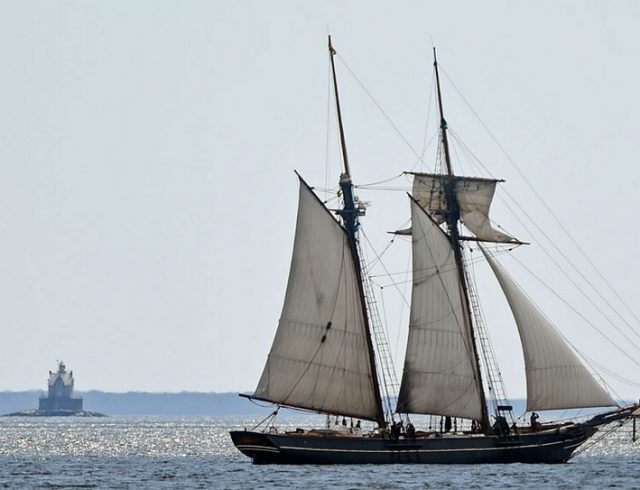
Steff Rocknak is as complex as the figures she carves out of wood. She’s a visiting philosophy professor at Connecticut College in New London, CT (her specialties are analytic philosophy, the history of philosophy and epistemology). She’s a talented artist who is searching for ways to bridge her creative imagination and her knowledge. She’s also a woodcarver with a penchant for taking on interesting projects.
Steff got her Ph.D. in philosophy from Boston University in 1998, but her interest in woodcarving really came alive in her undergrad years. She spent her junior year abroad and, though she was studying painting, became fascinated with the sculpture she saw there. “When I was there I saw a lot of Renaissance sculpture. I actually didn’t have any marble, so I turned to wood,” she says.
It was a natural move since her father and mother worked with wood throughout her childhood; her father made cabinets and her mother refinished furniture. A woodcarver in her hometown, Ted Hanks, also inspired her to consider doing sculpture in wood. “I started carving in wood and found out I loved it. I think I’ll always stick with wood (no pun intended),” says Steff.
Amistad Project
In the nearby town of Mystic, CT, the Amistad America project has been working for four years to construct a replica of the Amistad, the slave ship at the center of the 1997 movie from Steven Spielberg. Steff was watching the work being done on the ship and noticed some of the scrap pieces lying about.
Much of the wood for the ship had been donated by Sierra Leone, the African country where the original slaves on the Amistad had come from. Steff wondered aloud if she could have some of the scrap for her carvings and was referred to the project coordinator, Quentin Snediker. He agreed to give her two pieces; she’s almost done with one.
That piece, which hasn’t been posted on her web site yet, is a black man on a ship’s figurehead; he’s struggling to get away from the ship. The piece is designed to hang on a wall and will probably correspond to the second carving when she’s finished.
There were at least 10 different kinds of wood incorporated into the Amistad project. The ship sets sail this month (May) and, after a visit to the Tall Ships celebration in New York City in June, it will embark on an educational tour around the country. According to the web page, Amistad will be “teaching lessons of history, cooperation and leadership to Americans of all ages.”
Wood Dictates Form?
Clearly, with the wood from the Amistad, the source of the wood dictated the subject of Steff’s carving. But the link between her imagination and the wood she works with isn’t always so clear-cut. Her first piece was George, which she carved out of an oak log she found.
As time goes on, however, her collection of wood (she has caches in Maine, Connecticut and California) has helped her develop her method. “Now that I’ve got some wood collected, I can think about what I want to carve and pick the wood to accommodate it,” says Steff.
Even though it’s difficult to work with, she likes eucalyptus. Her boyfriend in California collects that for her. Even though it cracks a lot, tends to be stringy and isn’t very consistent in its density, she loves the grain and weight of the pieces she’s carved out of eucalyptus.
Her current favorite among woods is limewood (or basswood). Steff says, “it holds the most detail and it carves like butter. Anyone who wants to start carving should get limewood.” She’s currently working on a triptych, a three-paneled sculpture portraying the academic, the philosopher and the the artist?all three will be careved from limewood.





